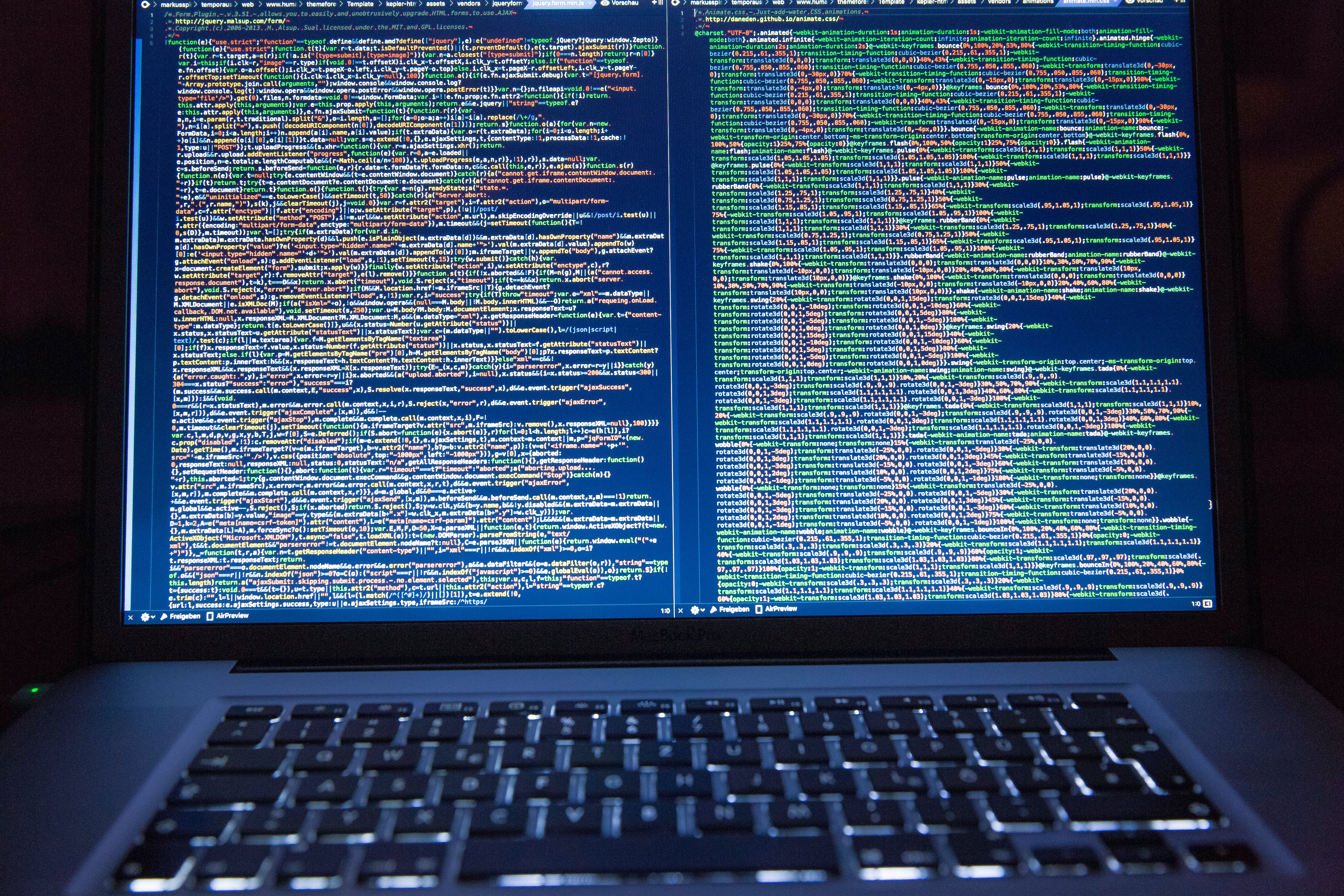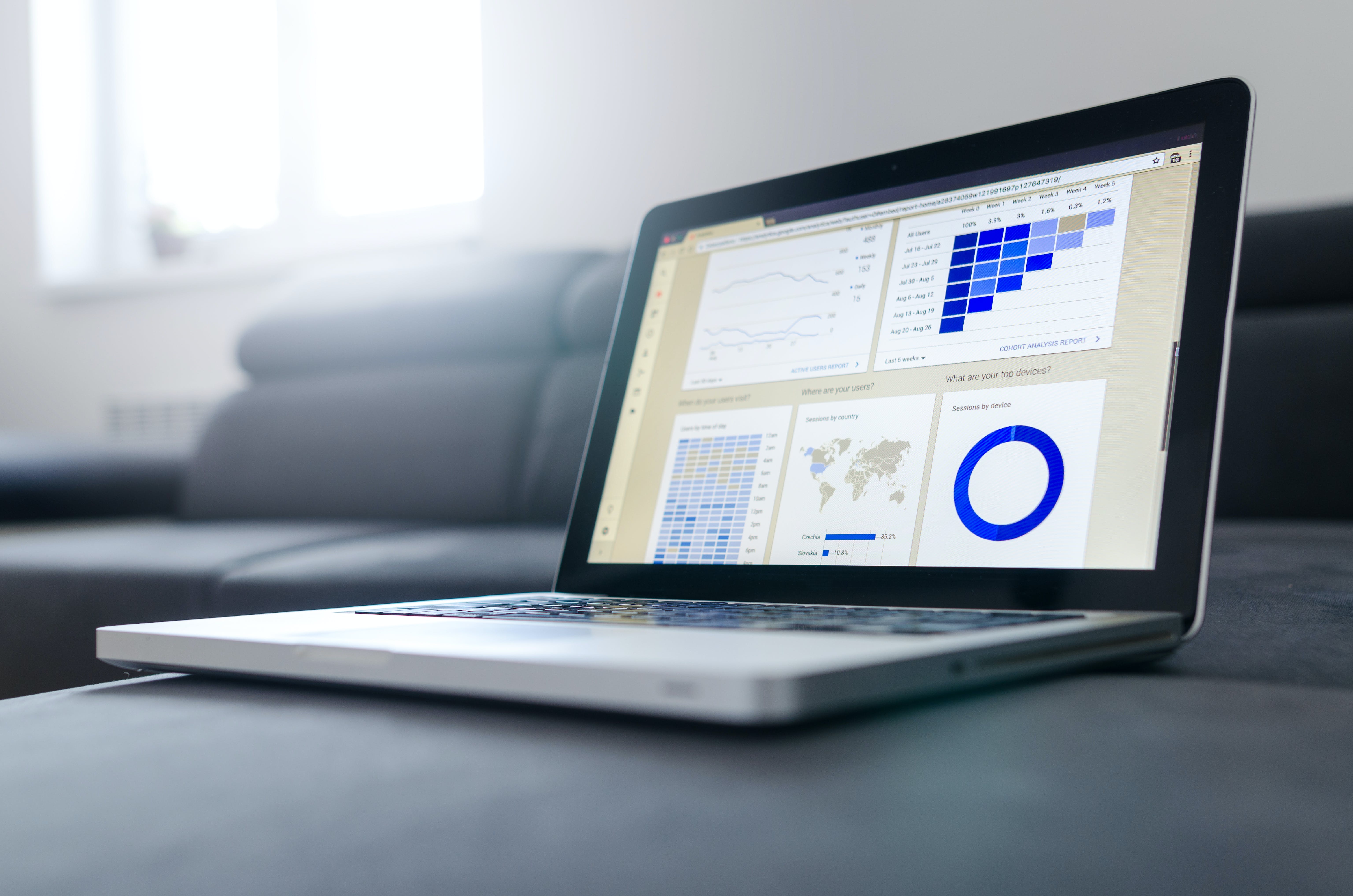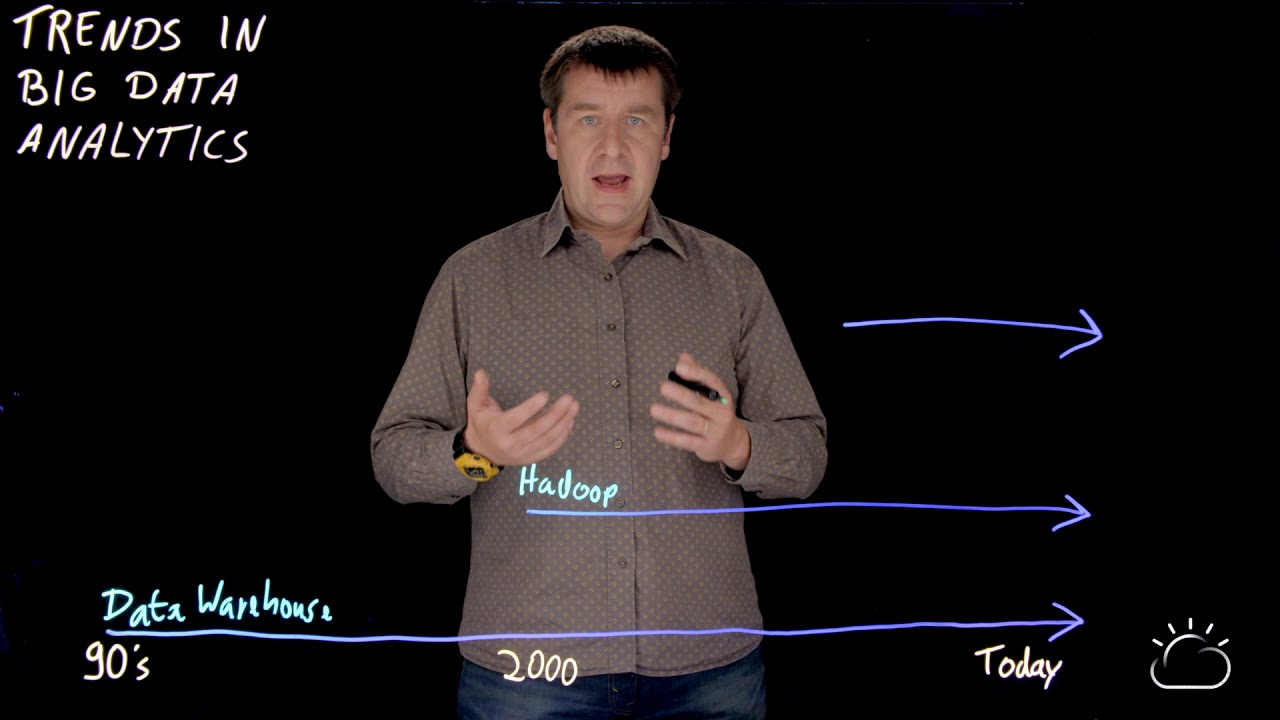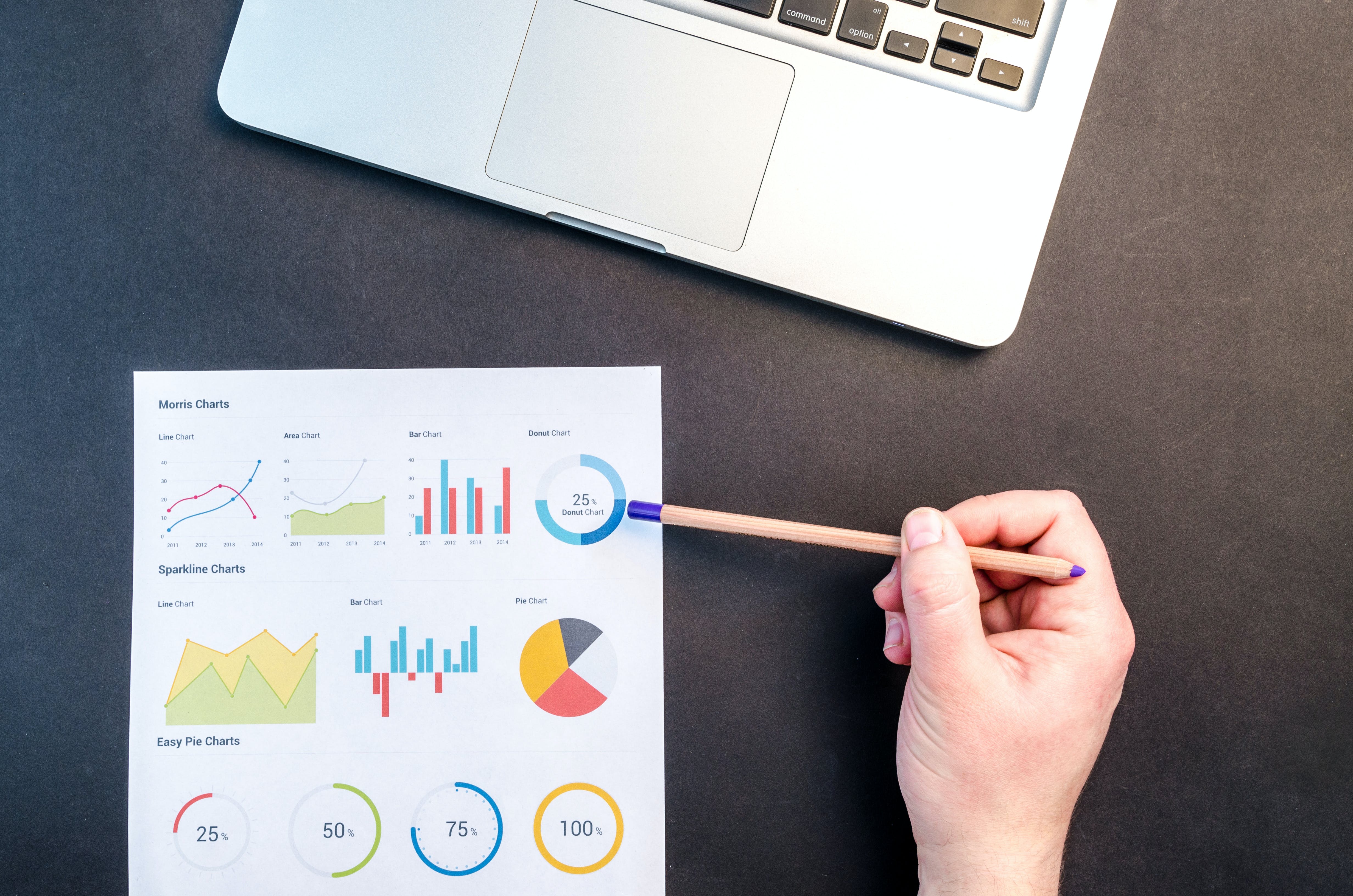
In today’s world, we generate an unimaginable amount of data each day. From social media interactions to online purchases, every click and action generates a digital footprint. As the volume of data increases, traditional methods of storing and analyzing data have become insufficient. This is where big data comes in. In this article, we’ll explore what big data is, its benefits, limitations, and how it’s used.

Big data refers to large and complex sets of data that are too cumbersome for traditional data processing systems to handle. It involves the collection, storage, and analysis of vast amounts of structured, semi-structured, and unstructured data from diverse sources.
The term “big data” was first coined in the early 2000s to describe datasets that were too massive to be handled by traditional data processing tools. The size of a data set can range from terabytes to petabytes or even exabytes.

Big data is collected through various sources, including:

Big data is used in various industries and domains, including finance, healthcare, retail, manufacturing, and logistics. Here are some examples of how it’s used:

Big data analysis involves several steps, including data cleaning, preprocessing, modeling, and visualization. Here is a step-by-step guide to analyzing big data:
Identify the problem you want to solve or the insight you want to gain from the data.
Collect data from various sources and prepare it for analysis. This involves cleaning, filtering, and transforming data into a form that can be easily analyzed.
Select the right tools such as Hadoop, Spark, and other specialized big data analytics tools based on your business needs.
Apply various analytical techniques such as machine learning, statistics, and data mining to extract insights from the data.
Visualize the results using graphs, charts, and dashboards to communicate insights effectively.
Like any technology, big data has its pros and cons. Let’s explore them:
While big data is a powerful tool, it’s not suitable for everyone. Here are some alternatives to consider:
The three V’s of big data are volume, velocity, and variety. Volume refers to the sheer amount of data that needs to be analyzed, while velocity refers to the speed at which data is generated and needs to be processed. Variety refers to the diverse types of data that need to be analyzed, including structured, semi-structured, and unstructured data.
Some examples of big data include social media interactions, IoT devices, transactional data, web logs, and machine-to-machine data.
Some challenges involved in analyzing big data include data cleaning and preparation, choosing the right tools and techniques, dealing with privacy and security concerns, and managing the complexity of the analysis process.
Big data can benefit various industries and domains, including finance, healthcare, retail, manufacturing, and logistics.
Yes, small businesses can benefit from big data by gaining valuable insights into customer behavior and preferences, improving operations, and identifying new opportunities for growth.
In conclusion, big data provides an unprecedented opportunity for organizations to make informed decisions, gain a competitive edge, and improve efficiency. While it has its pros and cons, understanding how to collect, store, and analyze vast amounts of data is essential in today’s digital age. By leveraging big data, businesses can unlock hidden insights and uncover previously unknown patterns, leading to innovation and growth.